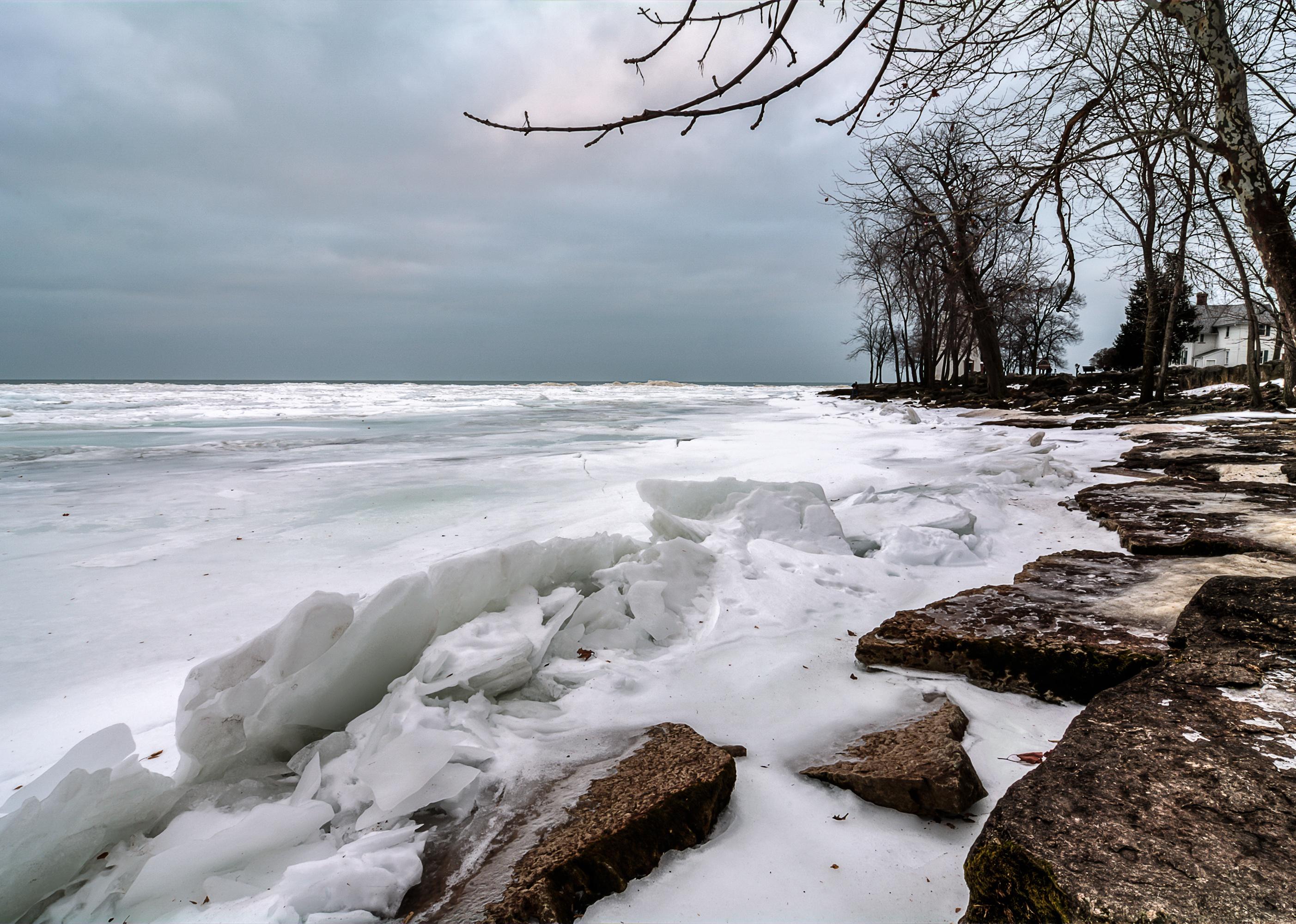
Changes to Lake Erie: How climate change has affected Ohio
The latest United Nations Intergovernmental Panel on Climate Change (IPCC) report is yet another reminder of the dire effects of climate change. While climate projections often look to the future when discussing the worst impacts of climate change, we are in fact already experiencing its effects across the United States. To better understand how climate change is impacting the country, Stacker compiled a list of the impacts of climate change in every state, using local and national news stories, government reports, and scientific journal articles.
While these impacts are weather-related—for example, heat waves, droughts, or storms—individual weather events cannot be attributed to climate change on their own. Rather, it is when these events are seen within larger trends that they can be understood as part of a pattern that has come out of the changing climate.
Keep reading to learn about how your state has been impacted by climate change, or read the national story here.
Ohio: Changes to Lake Erie
According to the 2018 Fourth National Climate Assessment report, climate change has been affecting the Great Lakes, including Ohio's Lake Erie. Due to warming in the Midwest, there is an increase of lake-effect snow, and in the future, as temperatures warm further, that could shift to rain. In addition, there are increased lake surface temperatures leading to decreased ice coverage, which could actually lead to more snow. Lake Erie is also seeing more algae blooms due to the increased temperature. In 2014, cyanobacteria from an algae bloom polluted the drinking water of Toledo, Ohio.
Across the country, there are trends of rising temperatures, storms of increasing frequency and severity, and more erratic precipitation patterns, causing disruptions to the food systems and sometimes even resulting in death. While the U.S. government has set a target to reduce greenhouse gas emissions by at least 50% by 2030, it is clear that the climate emergency is already taking place, and along with emissions reductions, mitigation of the impacts of climate change must be prioritized as well.
Read below to see how other states in your region have been affected by climate change.
Kentucky: Too much rain
Kentucky has seen three of its five wettest years on record in the past decade, and the summer of 2020 had the most rain of any two-month period on record. This rain often comes in destructive downpours, causing severe flooding. In 2020, Louisville, Kentucky, experienced such extreme flooding that it swamped neighborhoods and hurt businesses.
Michigan: Flooding in Detroit
During the summer of 2021, extensive flooding from extreme weather events had dire impacts in Detroit. Along with the weather itself, the failing infrastructure in the city led to people having to sometimes dig human waste out of their own basements. Unfortunately, the areas that are often hit hardest by climate change are poorer areas with Black and brown residents. "Black and brown communities are bearing the brunt of heat waves, paying disproportionately higher costs on failing infrastructure," Michelle Martinez, the acting executive director and founding member of the Michigan Environmental Justice Coalition, said in an interview with Michigan Radio's Stateside.



